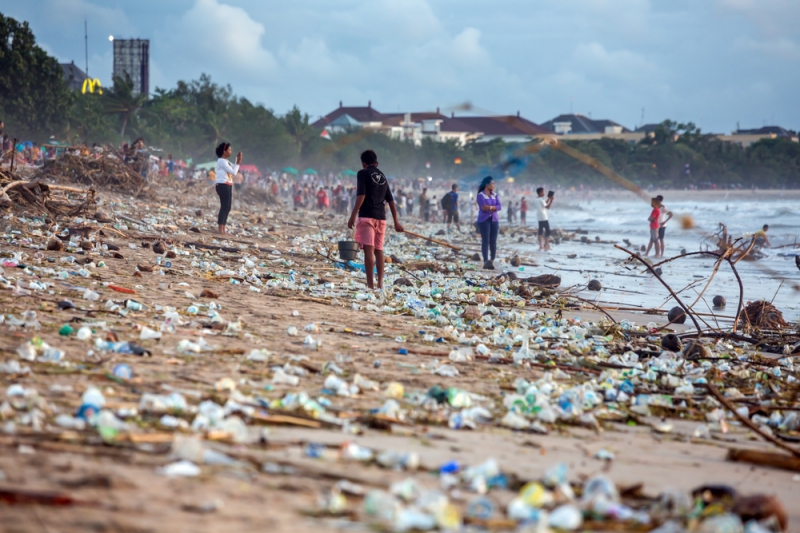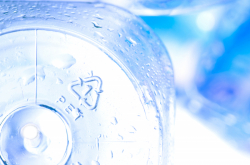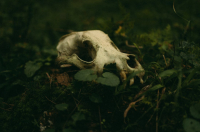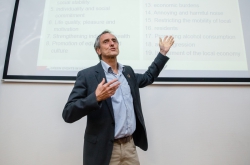The Plastic Tide: attempting to teach software to identify plastic
Over 60% of the world’s oceans suffer from severe plastic contamination. Each piece of plastic dumped in the oceans significantly bumps up the threat for marine life, and with it human health and livelihoods, putting the survival of the humankind into question. But of the 8 million tons of plastic leaking into the ocean each year, only 1% can be accounted for by researchers. The ensuing question is obvious: where are the remaining 99%?
The answer lies on the ocean floor, in the bellies of marine fauna and stretching in piles on the coastlines. The citizen science project The Plastic Tide by the platform Zooniverse harnesses drone imagery from a series of beaches and the power of software and machine learning algorithms to create a program that can autodetect, measure and monitor the levels of plastics in marine environments.
Participants of the project help identify the amount of plastic washing up on the shores by tagging plastics and litter in the images taken with drones. Thus, citizen scientists directly teach the computer program to autodetect, measure and monitor plastics to help researchers answer how much of the missing 99% ends up on our beaches. The more tagging users make, the better the computer program gets at identifying plastics going forward.
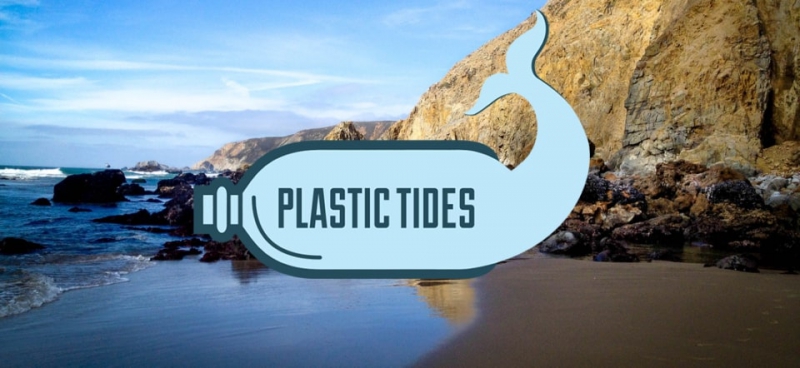
To participate, register on the project’s website and use your computer or phone to check the images in the database for the presence of plastic or other marine litter. You’ll have to tag every piece of litter you spot by marking it in squares and identifying its type and/or source material.
The Big Microplastic survey: gathering and analyzing litter on the shores
The Big Microplastic survey is a global research project making use of citizen science for gathering important data on the types of microplastics in rivers, lakes and coastal areas. The initiative has been designed as a global citizen science project that anyone can participate in. It gathers scientific data and information about the microplastics problem from around the world and is aimed at individuals and organizations that have access to the coast, rivers and lakes and want to get involved.
The Big Microplastic survey is a collaborative citizen science initiative being undertaken by UK registered charity, Just One Ocean, and the University of Portsmouth. The project began in July 2018, with numerous individuals and organizations from around the world having joined the program since then. The project doesn’t have a set timeframe: it will still be operative next year or the following ten years after that, collecting valuable scientific data.
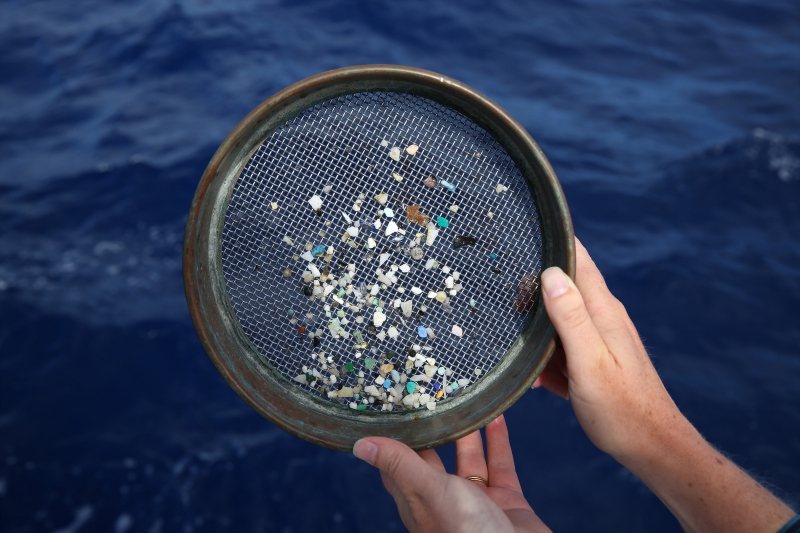
Participation is broken down into a series of steps. First, you need to register on the research project’s website, after which you will be sent a link to the resource pack containing all the information you will need to conduct a microplastic survey of your territorial surroundings and the relevant analysis. Then, you’ll need to decide on when and where you are going to conduct your survey, tagging the place on Google Maps for the project’s researcher to see.
One ‘sample’ required for your contribution consists of five small samples taken in five locations within a 25m stretch of coastline. This is considered a representative sample size of the area, and you’ll need to analyze it as the next participation step. The analysis involves sorting out any vegetation and comparing what you have got against the microplastic guide, which is in the resource pack, recording the results as you go along. Having sorted your findings, you’ll need to complete the report form and send it to the project’s coordinators in the post or by email.
Coast Watch Micro Litter: raising awareness about micro litter
Created by Coastwatch Europe, an international network of environmental groups working towards the goal of the protection and sustainable use of coastal resources, and informed public participation in environmental planning and management, Coastwatch Micro Litter App was designed to do three things: to enable us to tell where, when and what micro litter was observed; to make people more aware of micro litter; and help identify and then tackle micro litter sources.
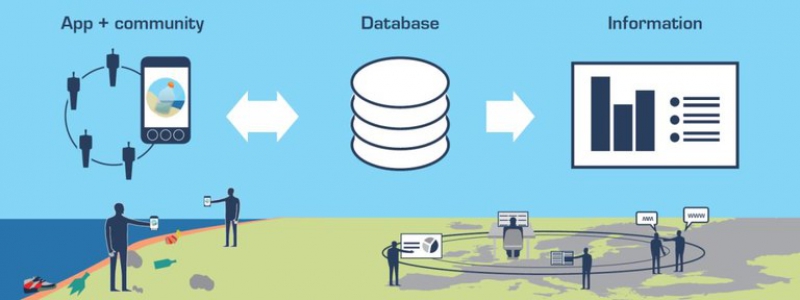
The first step you need to take if you want to participate in this research project is to take a survey. This can be done from your web browser or an app. The survey consists of 11 questions and will take no more than three minutes of your time. You’ll be asked to tag your whereabouts, indicate the places where the micro litter was found, enclose photos of said micro litter and describe it. In the future, the photos you sent can be displayed at exhibitions raising awareness about the issue of plastic pollution.
#2minutebeachclean: clean beaches to the people
#2minutebeachclean is a social movement of environmentally conscious people passionate about beach cleaning. The #2minutebeachclean is run by The Beach Clean Network Limited a not-for-profit organization that was founded in 2009 by Martin Dorey and Tab Parry to encourage beach cleaning.
However, #2minutebeachclean didn’t come about until the winter of 2013-14, whena series of brutal North Atlantic storms left beaches all over the UK littered with marine plastics. Using Twitter and Instagram to try to inspire others, Martin came up with the idea of doing just two minutes of beach cleaning at a time but consistently, and began using the hashtag. Since then, many thousands of hashtagged posts have appeared on Instagram and Twitter from every continent.
The organization also enables the creation of beach clean stations on beaches. The stations come in the form of boards with a compartment with equipment, meaning bags and a litter picker, required for beach cleaning, as well as important information on keeping safe whilst cleaning, and a compartment for returning the equipment for future participants’ use.
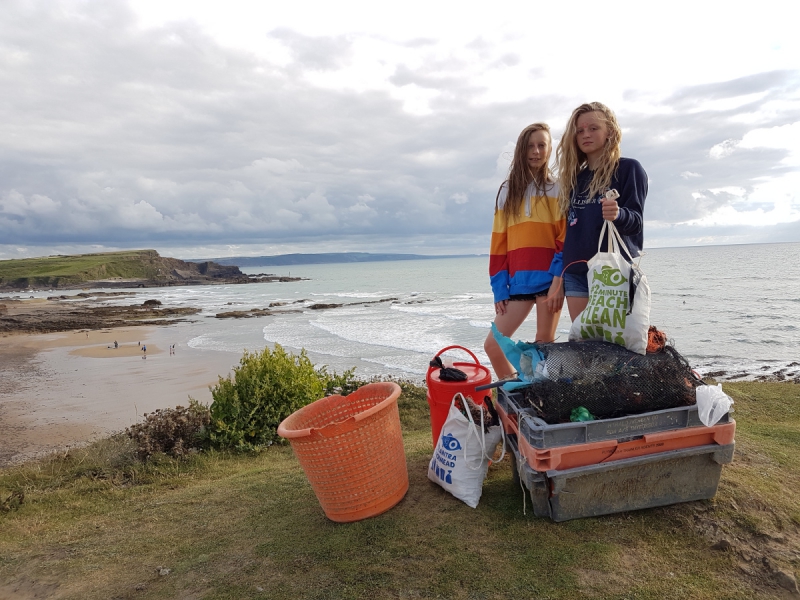
In 2017, the creators of the project launched an APP that allows to record the participants’ beach clean finds easily and quickly. It will also enable you to post directly to Instagram or Twitter and will tell you where your nearest beach clean station is. It could be really important in the fight against marine plastic.
As of now, the majority of the organization’s activities are located in Britain, but beach clean stations are starting to appear in Ireland, Portugal, Greece, Israel and even Puerto Rico.
Marine Litter Watch (Europe): monitoring and cleaning of beaches
The European Union aims to tackle the pressing issue of marine litter with their Marine Strategy Framework Directive (MSFD), which commits member states to monitoring of the environmental status and taking measures needed to maintain the “good environmental status”, of national marine waters. The European Environment Agency has developed the Marine LitterWatch mobile app to gather data on marine litter on the beaches falling into the remit of MSFD. This tool aims to support official monitoring by effort of concerned citizens, communities, and groups. The app also allows for collecting data from unofficial initiatives, for example from private clean-up events.
Marine LitterWatch (MLW) has been developed to target communities interested in marine litter activities. Communities are organized by volunteer groups of citizens, such as NGOs, civil society associations and other kinds of informal groups. If you don’t have access to such communities locally (their list can be found on the app’s website), you can create a new one.
Communities can organize two different types of events through the MLW app: monitoring events or clean-up events. The app allows for monitoring and generating data about litter found on the beaches. This data is then stored in an open-access database created by the European Environment Agency.
Beat The Microbead: a database on cosmetic products containing microplastic
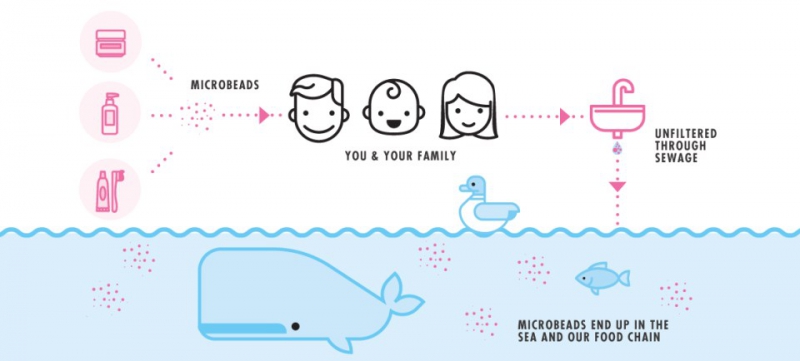
You can also help decrease the amount of plastic contaminating our oceans by boycotting the products which contain it. Tiny particles of plastic are being added to thousands of personal care cosmetic products sold around the world. Hardly visible to the naked eye, these microplastic beads flow straight from the bathroom drain into the sewer system, and from there to the world’s oceans as wastewater treatment plants are not designed to filter them out. Microplastic beads are not biodegradable and once they enter the marine environment, they are impossible to remove.
The Beat The Microbead project runs a big database on cosmetic products containing plastic microparticles, which are sorted by countries, types and brands. Their blog also contains reviews on popular personal care products, offering safe alternatives to help you make informed purchases.
